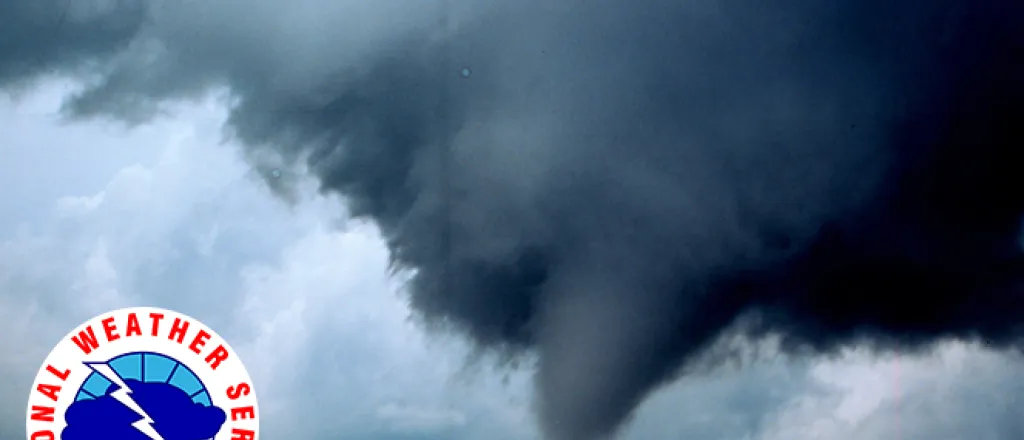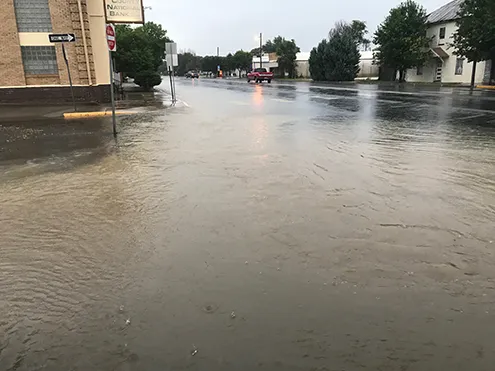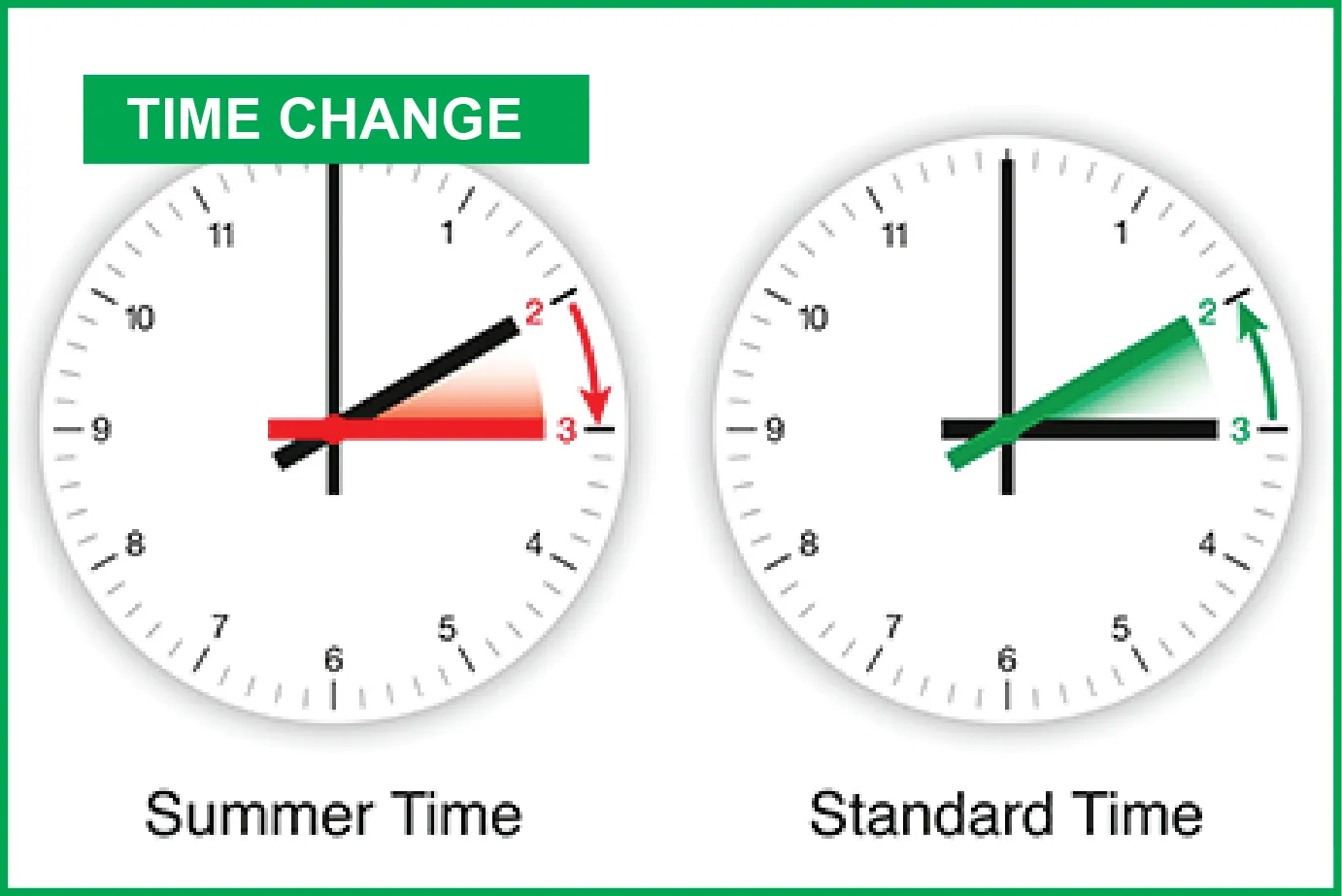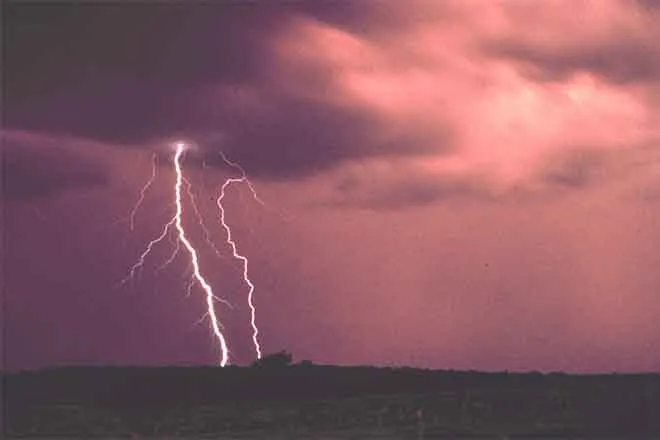
Flooding can be a Major Problem in Colorado
(Second in a week-long series on flood and fire issues in Colorado. Sunday's article can be found here.)
Flooding is an issue across Colorado. As we saw in September 2013, heavy rain fell over a large area of the foothills resulting in flash flooding in the area. All the water that fell ended up in the South Platte River, with major river flooding occurring from Greeley to the state line.
In Kiowa County, an extraordinary rain in July 2014 resulting flash flooding that washed out roads and damaged wetlands areas south of Eads among other issues across the county.
River flooding can result from heavy rain during the summer and from rapid snow melt or thunderstorm rains combining with runoff from melting snow. Flooding in May last year was the result of such rain combining with the start of spring runoff.
Flash flooding, refers to a dangerous sudden rise in water in a canyon or along a creek or wash, or over a normally dry land area. Flash floods result from heavy rainfall, sudden breaks in river ice jams, and dam or levee failures. Flash Floods can occur within a few minutes or hours, and can move at surprisingly high speeds, striking with little warning. Flash floods are quite destructive because of the force of the moving water, and the debris that accumulates in flood waters, such as trees and boulders, which can destroy roadways, bridges, and buildings.
Another complication in Colorado is the serious flooding that can result when heavy rain falls on recently burned areas. Residents in and near recently burned areas near Mancos, near De Beque, and in the front range foothills should plan ahead on response actions for flooding.
The National Weather Service will discuss flood and flash flood potential in daily hazardous weather outlooks and in the weather story on National Weather Service websites. On days with a high threat for flooding you may hear the following alerts:
- A Flash Flood or Flood Watch, which means that flash flooding or flooding is possible within the watch area.
- A Flood Warning, which means that flooding is imminent or has been reported along a river.
- A Flash Flood Warning, which means that flash flooding has been reported or is imminent. When a Flash Flood Warning is issued for your area, act quickly. If advised to evacuate, do so immediately. Go to higher ground or climb to safety before access is cut off by flood waters.
Nearly half of all flash flood fatalities are vehicle related. Do not enter a flooded roadway, instead turn around...do not drown. In rapidly rising waters, backing up away from water may be safer. One to two feet of water will carry away most vehicles and you also cannot tell if the road is damaged beneath the water.















